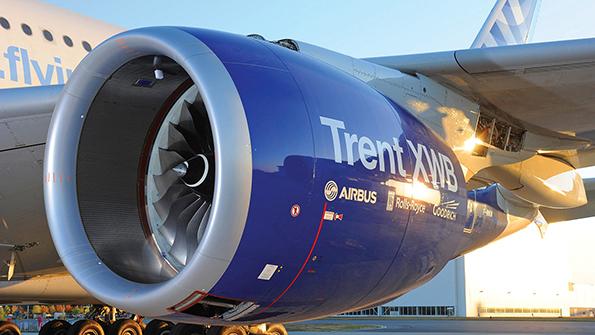
Strong demand is expected in the next 10 years for the Trent XWB powering Airbus A350s.
Credit: Airbus
With demand for widebody engine services climbing, Rolls-Royce has outlined plans to invest in additional engine assembly, test and shop visit capacity at two European sites servicing its large civil engines. In March, the engine manufacturer announced plans to invest in its network capacity to the...
Rolls-Royce Targets Capacity Ramp-Ups is part of our Aviation Week & Space Technology - Inside MRO and AWIN subscriptions.
Subscribe now to read this content, plus receive full coverage of what's next in technology from the experts trusted by the commercial aircraft MRO community.
Already a subscriber to AWST or an AWIN customer? Log in with your existing email and password.





